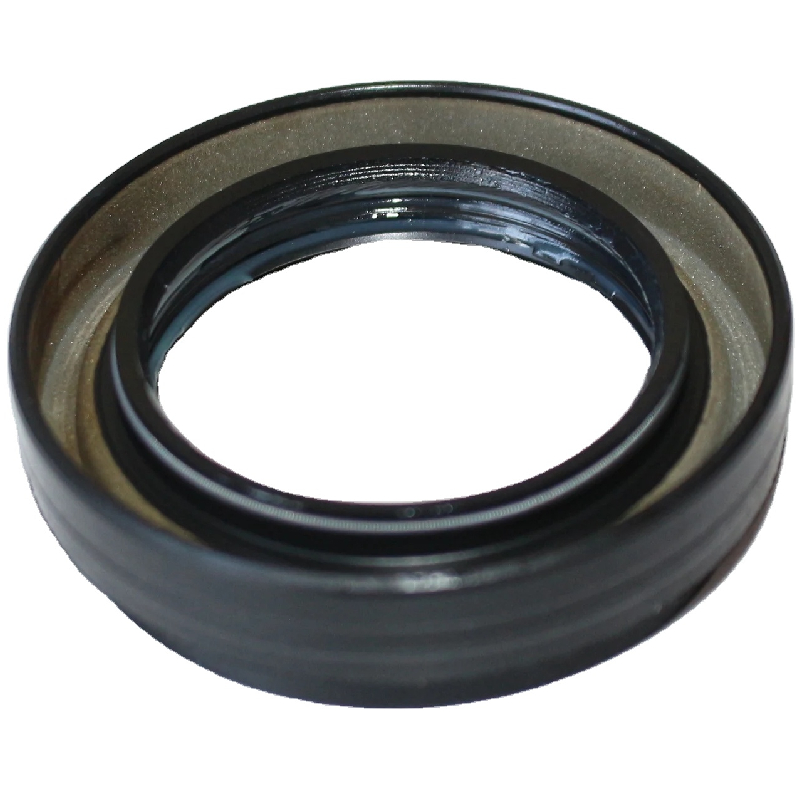Understanding the Function and Importance of Drive Shaft Seal in Transmission Systems
Understanding the Importance of Transmission to Drive Shaft Seal
The transmission to drive shaft seal is a critical component in the drivetrain of a vehicle. It serves a pivotal role in ensuring the efficient operation of the powertrain while protecting it from contamination and wear. To better understand its significance, we should delve into its functions, construction, and the potential issues that can arise from a faulty seal.
Functions of the Transmission to Drive Shaft Seal
The primary function of the transmission to drive shaft seal is to create a barrier between the transmission fluid and the external environment. The transmission fluid plays a vital role in lubricating the moving parts within the transmission, facilitating smoother shifting of gears, and maintaining optimal operating temperatures. When the seal is functioning properly, it prevents fluid leaks, ensuring that the transmission remains adequately lubricated.
Additionally, the seal helps to keep dirt, dust, and moisture from entering the transmission, which can lead to increased wear and potential damage to the internal components. By maintaining a clean and lubricated environment, the transmission operates efficiently, extending its lifespan and enhancing overall vehicle performance.
Construction and Types of Seals
Transmission to drive shaft seals are typically made from rubber or synthetic materials that can withstand high temperatures and pressures. These materials are designed to resist wear and tear, ensuring durability over time. There are various types of seals used in transmissions, including lip seals and O-rings, each designed for specific applications and performance needs.
Lip seals, for instance, are designed with a flexible lip that makes contact with the drive shaft. This design allows for minimal friction while effectively containing the transmission fluid. O-rings, on the other hand, are circular seals that are often used in conjunction with other components to further enhance the sealing capability.
transmission to drive shaft seal

Issues Caused by a Faulty Seal
When the transmission to drive shaft seal fails, it can lead to several serious problems. One of the most immediate consequences is fluid leakage. A loss of transmission fluid can result in inadequate lubrication, causing the transmission to overheat and eventually leading to complete failure. This can be particularly costly to repair and may result in a complete replacement of the transmission.
In addition to fluid loss, a compromised seal can allow contaminants to enter the transmission system. Dirt, dust, and moisture can create a harmful environment inside the transmission, leading to increased wear on gears and bearings. Over time, this can significantly reduce the lifespan of the transmission, resulting in the need for premature repairs or replacements.
Maintenance and Replacement
To prevent issues related to the transmission to drive shaft seal, regular vehicle maintenance is essential. Drivers should be vigilant about checking for signs of fluid leaks, unusual noises, or changes in shifting performance. If any of these signs are present, it is crucial to have the vehicle inspected by a qualified mechanic.
Replacing a worn or damaged seal is a relatively straightforward process, but it is vital to address the issue promptly to avoid more extensive damage. Mechanics often recommend replacing the seal in conjunction with other related components, such as bearings and gaskets, to ensure a comprehensive solution and restore the system to optimal functioning.
Conclusion
In conclusion, the transmission to drive shaft seal plays a vital role in the performance and longevity of a vehicle’s powertrain. Understanding its functions, the issues that can arise from its failure, and the importance of regular maintenance can help vehicle owners keep their cars running smoothly for years to come. By paying attention to this integral component, drivers can avoid costly repairs and enjoy a more reliable driving experience.
-
Understanding Automotive Oil Seals: Essential Components for Engine and Shaft Protection
News Jul.30,2025
-
The Importance of Heavy Duty Seals in Industrial and Residential Applications
News Jul.30,2025
-
Exploring Industrial Oil Seals: From Felt Oil Seals to TTO and CFW Solutions
News Jul.30,2025
-
Essential Guide to Oil Seals: From Radial to Metal-Cased Seals for Industrial Reliability
News Jul.30,2025
-
Choosing the Right Oil Seals and Gaskets for Industrial and Automotive Applications
News Jul.30,2025
-
Cassette Seals: Durable Sealing Solutions for Harsh Environments
News Jul.30,2025
-
Understanding the Front Main Engine Seal: Purpose, Maintenance, and Installation
News Jul.29,2025
Products categories















